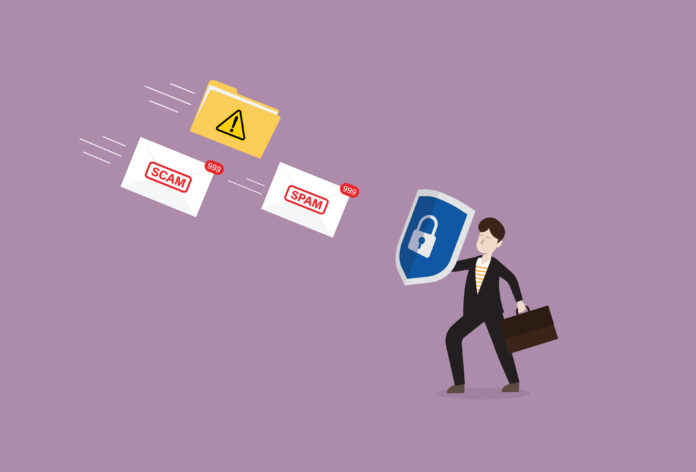
B2B organizations, standing at the crossroads of commerce and collaboration, are magnets for ransomware attacks. These entities, often entrusted with sensitive data, intricate supply chains, and critical operations, find themselves in the crosshairs of cybercriminals. It’s precisely due to their pivotal roles in the business ecosystem that B2B organizations become prime targets for ransomware attacks.
Understanding Ransomware: A Persistent Threat
Ransomware is a type of malware that encrypts an organization’s data, rendering it inaccessible. Attackers then demand a ransom, typically in cryptocurrency, in exchange for a decryption key that unlocks the data. Ransomware attacks have become increasingly sophisticated and prevalent, causing extensive financial and reputational damage to businesses.
For B2B organizations, the impact of a ransomware attack can be particularly severe. It can disrupt supply chains, compromise customer data, and halt critical operations, leading to potential revenue loss and legal consequences.

Building Ransomware Resilience: 11 Key Strategies
To protect against ransomware attacks and minimize their impact, B2B organizations should adopt a multi-pronged approach to ransomware resilience. Here are key strategies to consider:
1. Regular Data Backups and Testing
Frequent, automated backups of critical data are essential. Ensure that backups are stored offline or in isolated environments to prevent them from being compromised. Regularly test data restoration processes to confirm their effectiveness in case of an attack.
2. Employee Training and Awareness
Human error is a common entry point for ransomware attacks. Train employees to recognize phishing attempts and suspicious emails. Create a culture of cybersecurity awareness where employees understand their role in safeguarding the organization’s data.
3. Network Segmentation
Segmenting the network can contain the spread of ransomware. Restrict user access to only the resources they need to perform their tasks. If one segment is compromised, it limits the attacker’s ability to move laterally.
4. Security Patching and Updates
Regularly update and patch all software and systems to address known vulnerabilities. Many ransomware attacks target outdated or unpatched software.
5. Advanced Endpoint Protection
Invest in advanced endpoint security solutions that can detect and prevent ransomware attacks. These solutions often incorporate machine learning and behavioral analysis to identify suspicious activities.
6. Incident Response Plan
Develop a comprehensive incident response plan specific to ransomware incidents. This plan should outline roles and responsibilities, communication procedures, and steps for containing and recovering from an attack.
7. Regular Security Audits
Conduct regular security audits and vulnerability assessments to identify weaknesses in your cybersecurity defenses. Address any vulnerabilities promptly.
8. Zero Trust Framework
Consider adopting a zero-trust security framework, which assumes that threats exist both inside and outside the network. Implement strict access controls and continuous monitoring to verify the identity and security posture of all users and devices.
9. Threat Intelligence Sharing
Participate in threat intelligence sharing communities or industry-specific groups. Sharing information about emerging threats and attack techniques can help organizations stay one step ahead of cybercriminals.
10. Encryption and Data Loss Prevention
Implement encryption for sensitive data both at rest and in transit. Deploy data loss prevention (DLP) solutions to monitor and protect data from unauthorized access or exfiltration.
11. Engage with Law Enforcement
In the event of a ransomware attack, consider involving law enforcement agencies. They may be able to provide guidance and support in dealing with the attack and potentially tracking down the attackers.

Forging a Ransomware-Resilient Future
Ransomware attacks continue to evolve in sophistication and scale, making it imperative for B2B organizations to prioritize ransomware resilience. By implementing a combination of proactive measures, including robust backups, employee training, advanced security solutions, and incident response plans, B2B organizations can fortify their defenses against ransomware threats.
Remember that ransomware resilience is an ongoing process that requires constant vigilance and adaptation to emerging threats. By staying informed about the evolving tactics of cybercriminals and regularly assessing and improving cybersecurity practices, B2B organizations can significantly reduce the risk and impact of ransomware attacks.




